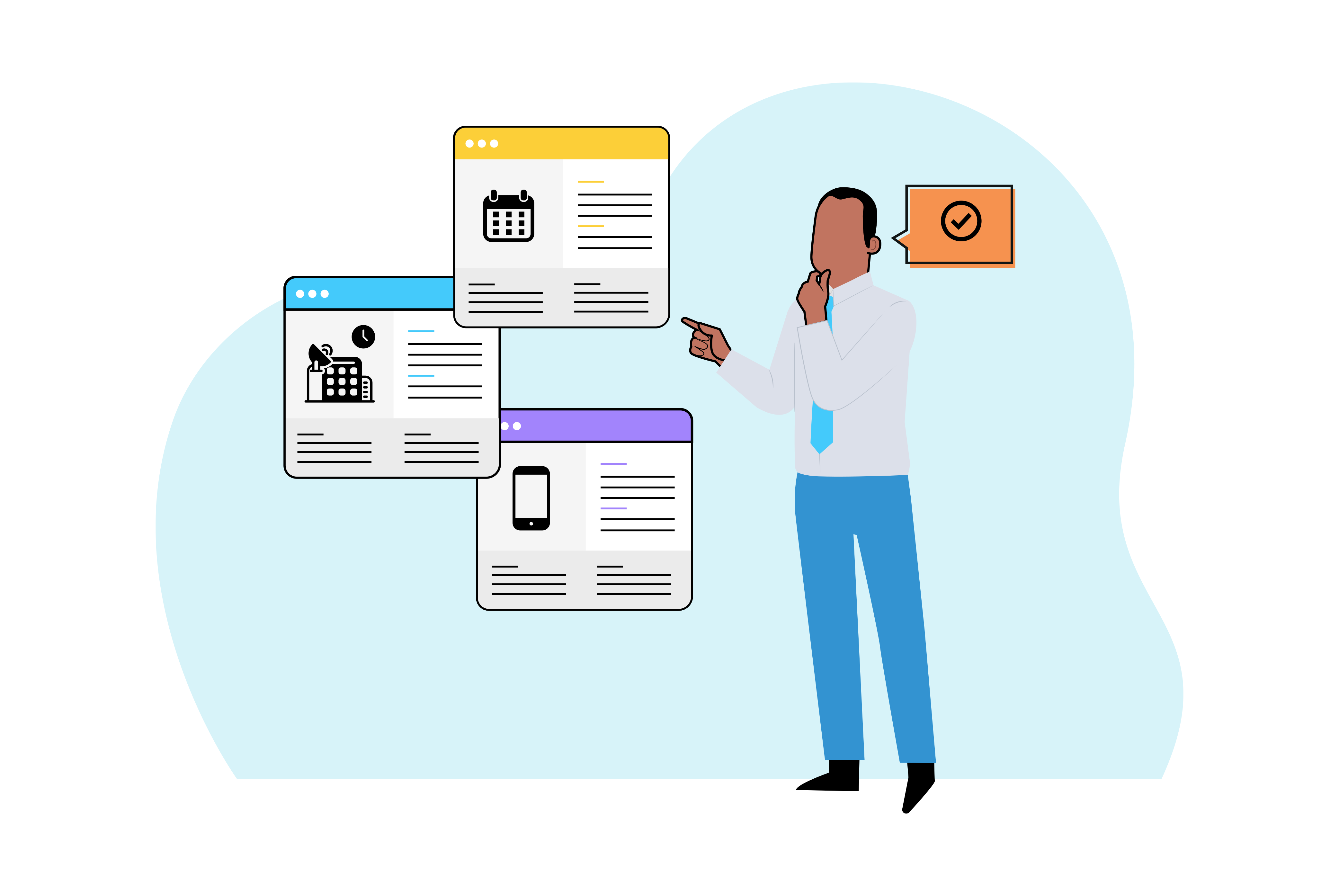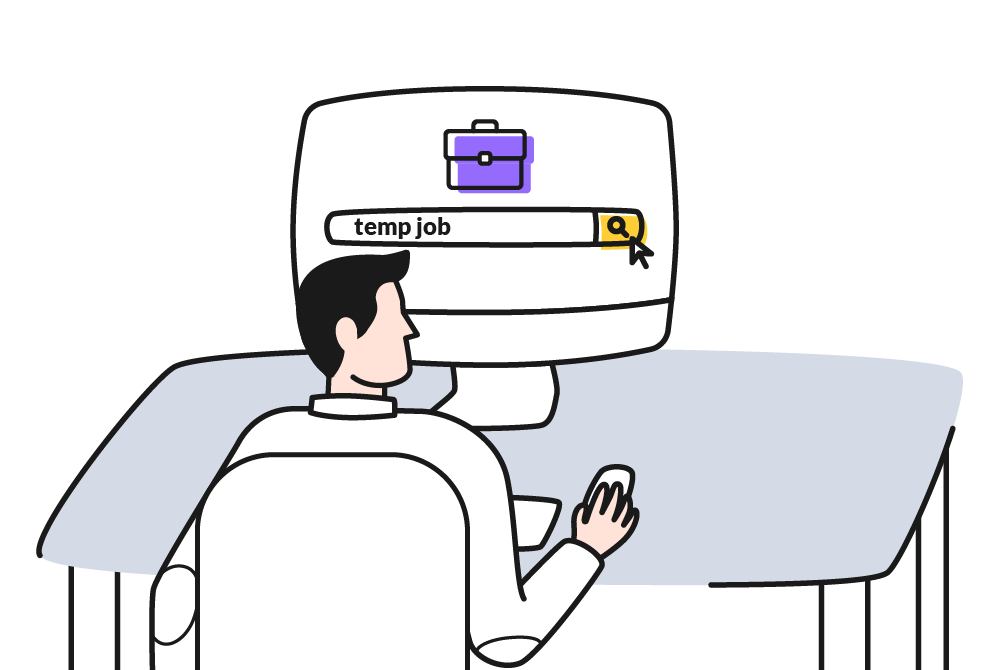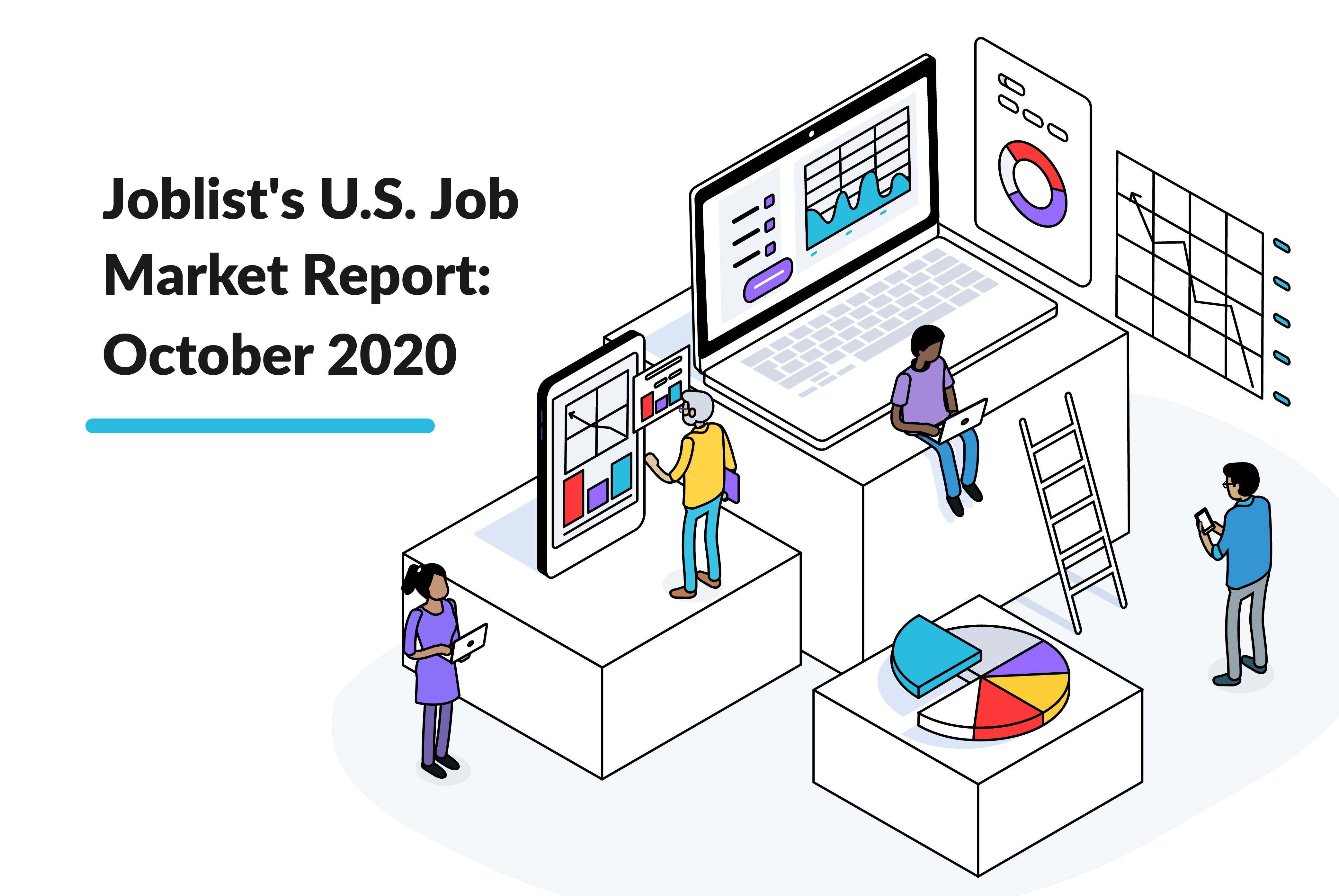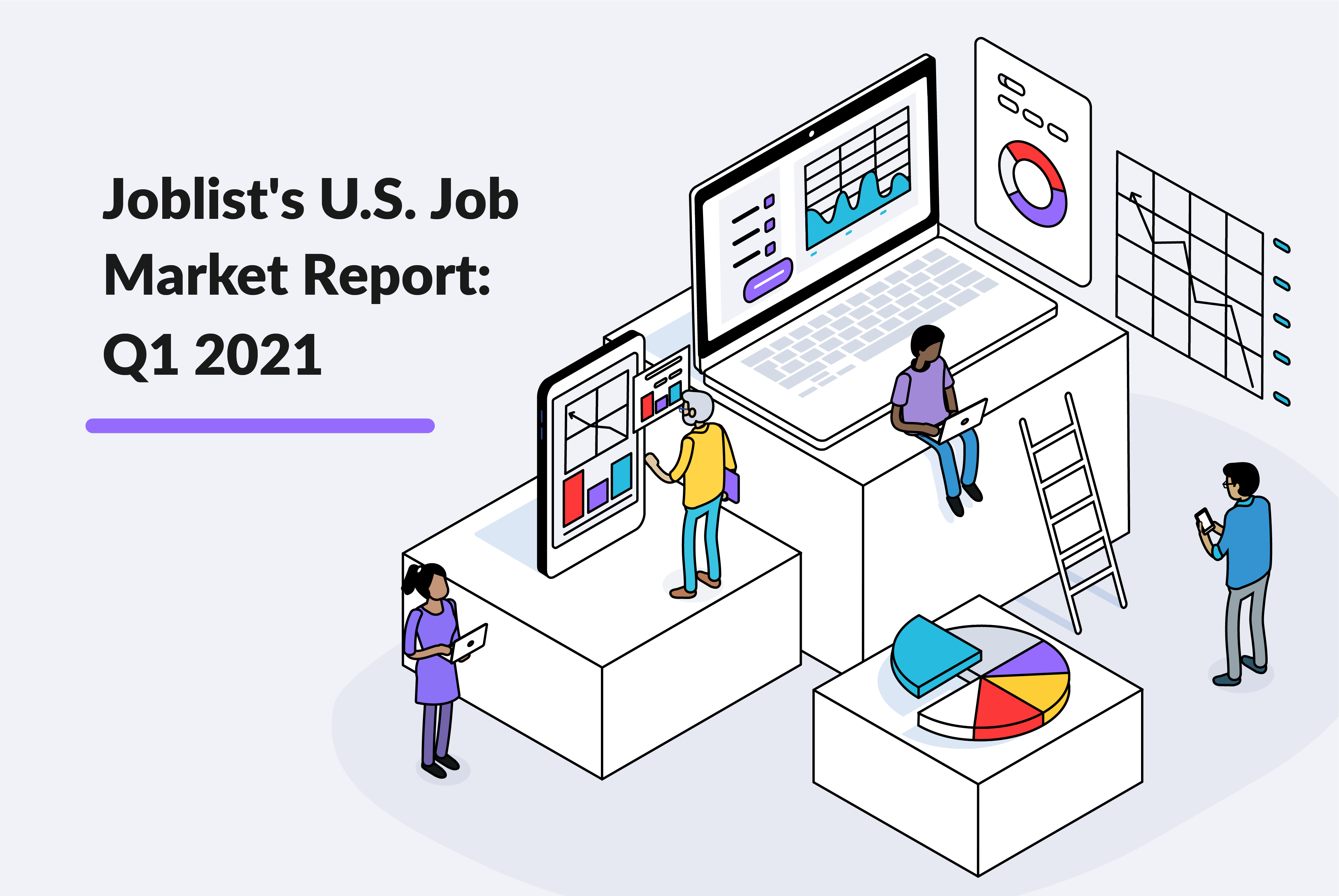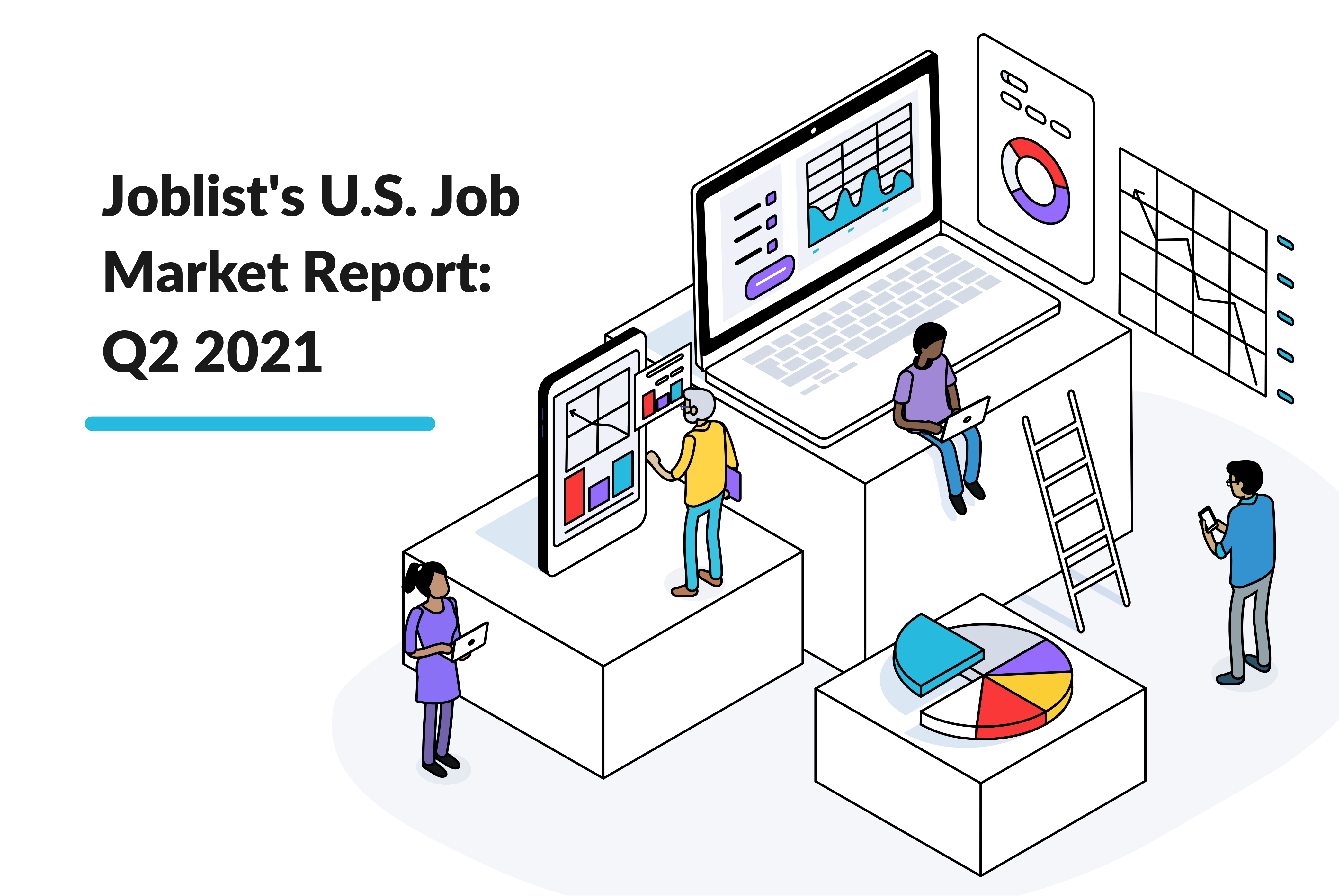Every ten years, the United States participates in our census. The year 2020 is a census year, and you’re probably wondering what that means. From when and why our nation created the census, to how to go about working for the census yourself, we’ll provide you with everything you need to know about the upcoming count.
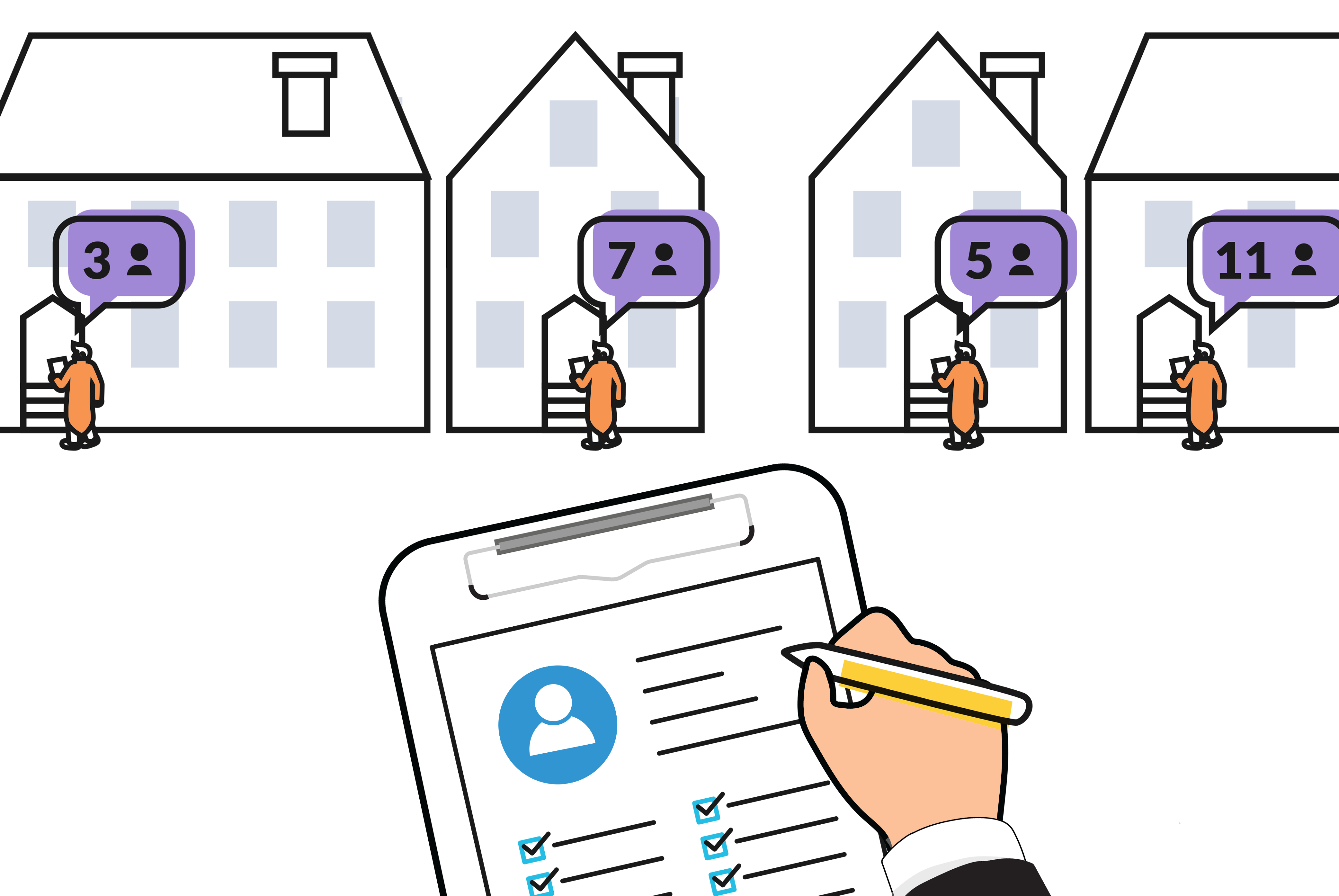
What Is the Census?
Our version of the census was dreamed up by the founding fathers of our nation. Historically, the census was a formal count of all the citizens in a nation. These counts were then used to estimate property value and used to tax the people. Our founding fathers wanted to do things differently.

Their idea was to use this method to make sure all U.S. citizens receive adequate representation in government. With every citizen accounted for, the numbers are then used to appoint an accurate number of seats per state in the U.S. House of Representatives. Additionally, federal assistance is split appropriately amongst the state based on the total population counts.
The U.S. founding fathers made sure to include their vision of the census directly into our Constitution. Participating in the poll once every ten years is mandatory for every citizen. According to Census.gov, our founders wanted to use the census to empower the American people instead of punishing them through taxation or forced military service, like nations of the past.
What Is the Census Used For?
At its root, the census helps to obtain an accurate count of the citizens of the United States. As the process evolved throughout the years since 1790, the information obtained has also changed. Now, the information provided by the census serves as a guideline for businesses, local governments, transportation planners, and more. From neighborhood demographics to population density, the statistics provided by census data drive many complex decisions.
The Office of Financial Management for Washington claims that for every 100 houses missed while conducting the census, the state could risk losing $5.8 million in government funding. Every state depends on accurate numbers so that funding gets appropriately dispersed on a federal level. These numbers are beneficial to the local areas such as:
- Businesses use the census to determine where to build new projects, or what areas have demands they can fill. New companies and projects bring jobs to the local area and lower poverty levels.
- Residential developers use information from the count to identify neighborhoods needing restructuring, as well as where new homes need to undergo construction.
- Local governments work with other local organizations to identify community needs, public safety needs, and emergency preparedness. The local citizen organizations can also use the census numbers to validate their requests for community funding.
Public transit routes are decided based on demographics determined by the census.
How Often Does the Census Happen?
The U.S. Census is considered decennial, which means it happens every ten years. It has happened every ten years since 1790, with a couple of discrepancies as to the exact time of year it has occurred. An overview of each census year is available here.

One deviation from the typical census occurred in the 1920s. Traditionally, the census occurred in July of the counting year, but legislation allowed the government to do it differently in the 1920s. Instead of July, the census happened in January. The advocates for this change hoped to try and get more accurate agricultural information, and they assumed more people would be at their homes in January.
Why Is the Census Hiring People?
The first census was conducted by the U.S. marshalls of a prospective region with the help of assistant marshalls. It was reported that 650 assistant marshalls were used for the first census. This method continued until Congress decided to start using trained officials in 1880, according to History.com.
To accurately count the entire population of our nation takes time and energy. Making sure it gets completed correctly and concisely is even harder. For this year’s census, the Census Bureau began hiring recruits for preliminary operations as early as March of 2019.
Costs
The Census.gov website claims that retrieving information to accurately identify correct addresses for this year’s count will result in an overall cost decrease. The hope is that accurate mailing addresses will increase the number of participants who mail back their Census questionnaires.
According to The Economist, the last census cost taxpayers over $13 billion. Any attempt to decrease costs could benefit U.S. taxpayers. Other countries like Finland have quit going door-to-door to complete their census, resulting in much lower costs to taxpayers. In a similar fashion, the U.S. will offer online and telephone survey options for the first time this year.
With that said, the census estimates it will still need to hire around 500,000 census takers for the 2020 year. The majority of workers will be going to homes who have not returned their Census questionnaire. These workers will go into the field and interview households to collect accurate data from each.
Where Are They Looking for People?

The census is actively searching to hire people across the country temporarily. If you’re interested in applying for a census position, you can see the locations and rates online. The jobs that need filling include recruiters, field agents, supervisors, and office workers. The Census Bureau especially needs to fill field agent positions in areas where the internet is harder to attain and places that have historically proven difficult to count accurately.
- Remote areas: Getting information regarding the census to more rural areas is a significant concern. According to their website, only 65% of the population located in areas considered 100% rural have access to broadband internet. With one of the goals this year being to provide the option of filling out the census questionnaire online, these areas will need to be issued paper questionnaires instead.
In the past, these questionnaires, also known as the American Community Survey (ACS), have often gone unanswered, resulting in the need to have a census worker personally visit the households. Some states that census workers are in demand include Hawaii,
- P.O. Boxes: Households who use a P.O. box for their mailing address also need to have their surveys administered by a census representative, since the Census Bureau doesn’t send questionnaires to these types of addresses.
- American Indians: P.O. boxes and less conventional mailing addresses occur more often on Indian reservations. Because of this, census takers get assigned to help these communities respond and assure appropriate counts.
Extremely remote areas: In the most remote regions in states like Alaska, a different approach is used to attempt to collect the most accurate information. Census takers are sent to these areas, sometimes for a couple of days at a time, to try and collect the census information of an entire community. They attempt to get accurate numbers for the whole group in a matter of days, which is difficult. Some of these hard to reach places require travel by an assortment of unique methods, including dog sleds.
How Can You Find One of These Jobs?
The Census Bureau is relying on its online application process to hire for its needed positions. Using their online application form, you can apply for any open jobs the census is hiring for at the time. The application takes around 30 minutes to complete and includes an assessment test. The assessment test covers the applicant’s work experience and education level to see where they would fit best.
What Are the Requirements?

The census states a list of requirements on their website to help you determine if you’re a good fit. Their website lists these qualifications as:
- Be at least 18 years old.
- Have a valid Social Security number.
- Be a U.S. citizen. However, non-citizens may be hired in certain circumstances.
- Have a valid email address.
- Complete an application and answer assessment questions. Some application questions are available in Spanish. However, an English proficiency test may also be required.
- Be able to speak, read, and write in English, if applying in the 50 states or Washington, D.C. Bilingual applicants are needed and encouraged to apply.
- Be registered with the Selective Service System or have a qualifying exemption if you are a male born after December 31, 1959.
- Undergo fingerprinting, pass a criminal background check, and a review of criminal records performed by the Census Bureau.
- Commit to completing appropriate training.
- Be available to work flexible hours, which can include days, evenings, and weekends.
Outside of this list, they also state that most jobs require a valid driver’s license and access to a vehicle. If the applicant has access to viable public transportation, these aren’t needed. They do, however, require access to a computer and email account to complete the necessary training.
What to Do After You Apply
- Check your status: According to the follow-up portion of their website, you can check the status of your application at any point in time after applying.
- Phone interview: The next step in the hiring process will be a phone interview. After your application and assessment test get vetted, a representative from the census will call you for more information. If all goes well during the phone interview, a formal job offer will be made verbally or in the form of a mailed letter.
- Background and fingerprints: With the job offered, the next step is to complete a background check and fingerprinting. Until these are complete, the applicant’s offer is conditional. Their site says the process of the background check can take multiple weeks. They are checking for any criminal offenses that may make the applicant unsuitable for the position.
The website offers a “Hiring and Background Checks” factsheet. The main concern for the Census Bureau is to ensure the safety and trust of the public. Secondly, they want to make sure anyone qualified to work receives a fair opportunity to do so. Every applicant goes through this process, as well as fingerprinting, to assure all information provided is accurate and that no applicant can pose a potential threat to the communities the census workers survey.
- Training: The training required for each position varies, and these exercises are a paid commitment. The bureau sends information regarding training via email, and without completing training, the applicant will not receive work.
- Swearing in: All Census takers are sworn into their positions by taking an oath of office.
How Much Does the Census Pay?
The rate of pay varies depending on the applicant’s specific job and location in the country. Also, the amount of hours available depends on the position and location. The Census website offers a map that can help you understand the potential earning across the United States and Puerto Rico.
PayScale estimates that field representatives can make from $11.79 to $28.90 per hour, with the average worker making $16.71 hourly.
Seize the Opportunity
With the census gearing up for another year of counting, there is an opportunity to help make sure the numbers are accurate. Accurate numbers help spread the financial budget as fairly as possible and make sure to represent the communities across the nation fairly.
Also, for anyone looking to make extra money, pay off debts, or simply looking for work, the census provides an opportunity to make a fair wage. The opportunity to make sure your community gets accounted for is here for the taking. Browse open positions on Joblist and seize the chance to assure the most accurate census yet!

